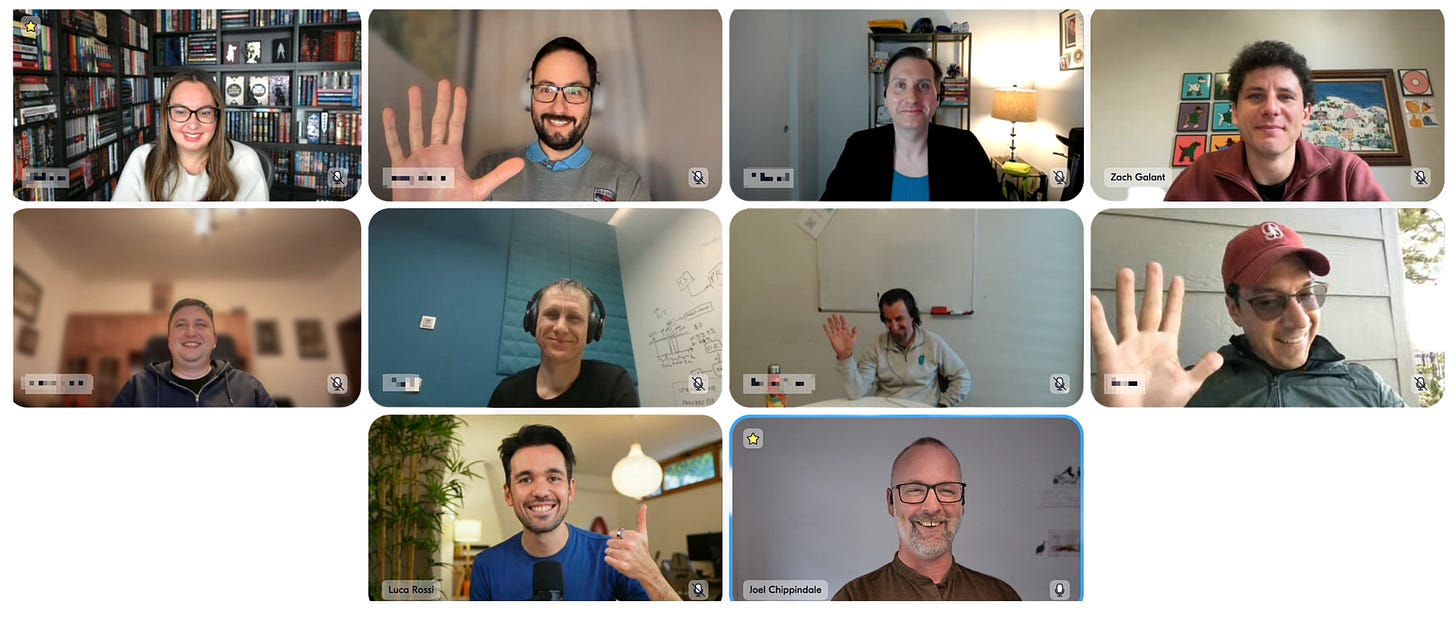How to Help a Struggling Team 📉
My favorite strategies to reverse course and create long lasting change.
Last month we had a great mastermind session about how to raise the quality bar of your team.
Intentionally, we kept the term quality generic. We didn’t want to fixate on code quality specifically, but rather on the all-round quality of the work of your team, which has many shapes and facets, and see what participants needed the most help with.
Out of the various stories, we spent a long time talking about how to help a team that was struggling.
I won’t go into details, because I don’t think these are particularly helpful: they may or may not apply to you. But I will try to take the best advice that was shared, and distill first principles and ideas that should be useful to most.
By the way, this is always hard to do, because of the Anna Karenina principle. Anna Karenina starts with a famous line:
Happy families are all alike; every unhappy family is unhappy in its own way
What looks as a witty statement about humans, is actually a precise property of systems whose success depends on a number of factors all working well.
Since failures are born out of deficiencies in any number and combinations of factors, the amount of different failure modes is bound to be high in any moderately complex system. Conversely, when success is born out of all (or most) factors doing well, it creates less variance.
But I digress!
Now, if we trust this principle, one way to treat this topic could be to model software engineering as a system, identify all these factors, and write recommendations for each of them. This is too hard though!
Instead, I’ll try to address this as a doctor who visits for the first time a patient that is not feeling well. Where do you start? How should you think at the system (the team) as a whole?
So here is what I would like to cover today:
🥇 Most people want to do good work — and they generally care about it.
🔭 Create a shared vision — setting a north star goal and rallying people around it.
🔬 Identify problems — figuring out what is truly holding the team back.
🎌 Find your allies — lasting change needs bottom up support.
📈 Create visible progress — create small victories, and show them!
💼 Help the team from the outside — provide external help once you can show momentum.
Let’s dive in!



